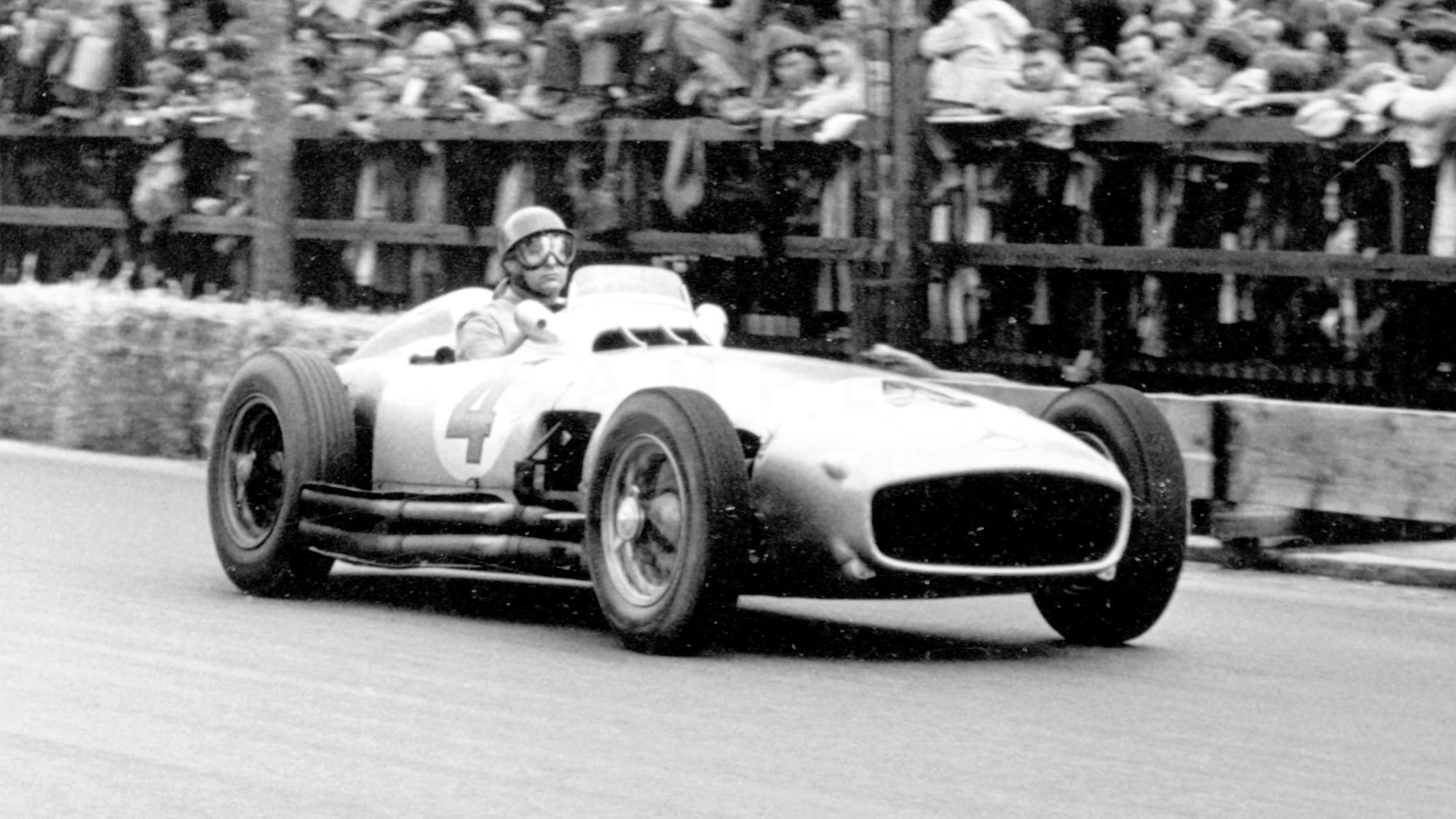The immediate priorities for Daimler-Benz AG in the initial post-war period were reconstruction and the resumption of production of passenger cars and commercial vehicles. A return to racing was not high on the agenda and had to be a gradual process. So in the first few years after the war, the former works drivers and design engineers from the racing department were spending their time repairing ordinary passenger cars – no easy task in the immediate post-war environment, and one which called on the considerable improvisatory skills developed from their years of manning the pits at racing events.
The company’s debut in post-war motor racing came in September 1950, when Karl Kling entered the ADAC Six Hour race for sports and touring cars at the Nürburgring circuit in a Mercedes-Benz 170 S. A total of one hundred cars took to the track, after a Le Mans-style start. Kling described the race as follows: “On hearing the starter’ s signal, I sprinted to my car as if I was Jesse Owens, tore the car door open, sat behind the wheel, started the engine, and was soon on the track, in a pack surrounded by all the other cars.” In spite of these efforts at the start, KIing could finish only seventh for the up to 2,000 cc class. He did, however, succeed in posting the fastest lap time for touring cars.
No Subscription? You’re missing out
Get immediate ad-free access to all our premium content.
Get Started



